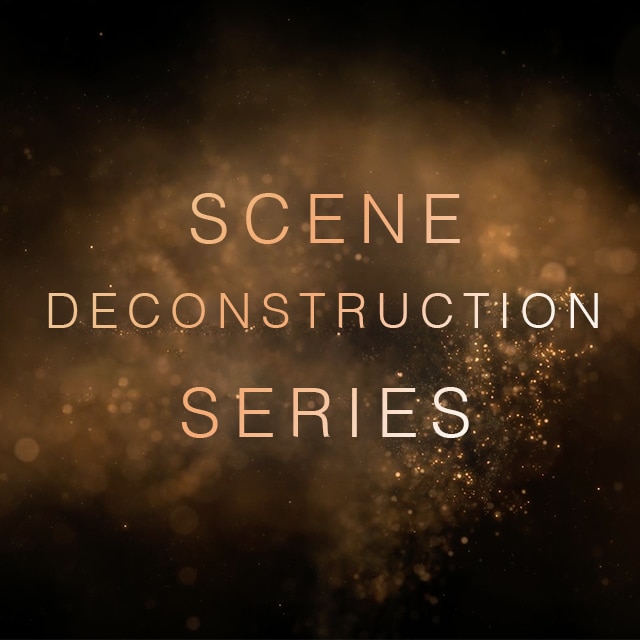Scene Deconstruction with Balazs Bolygo BSC, HCA
Deconstructing key scenes from Anatomy of a Scandal.
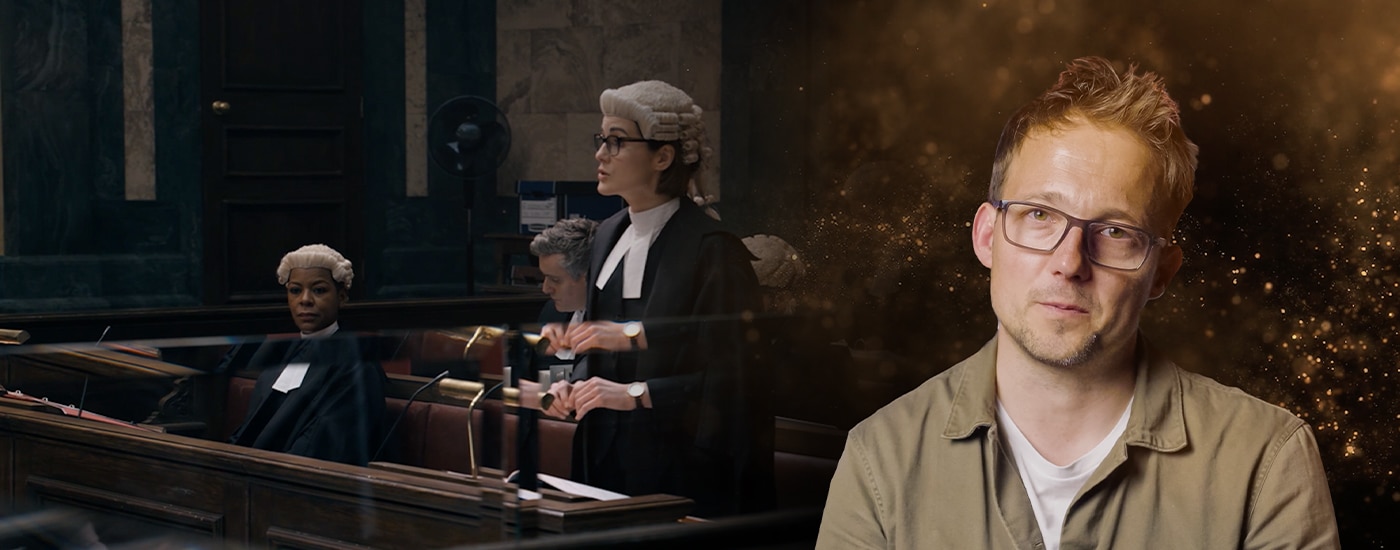
Introduction
Originally from Hungary, but based in the UK, award-winning director of photography Balazs Bolygo has worked on many notable TV dramas including the BBC hit series Life on Mars as well as Whitechapel and the HBO series Hunted which gained him Outstanding Achievement in Cinematography ASC award. In this Deconstruction he takes us behind the scenes of the Netflix drama series Anatomy of a Scandal.
Anatomy of a Scandal is the story of a government minister, James Whitehouse (James Friend), who’s secret affair with a work college is his undoing. Much of the story is played out in the law courts as the plot twists and turns. This is a modern story and Balazs wanted to make the series feel spontaneous and slightly raw, what the camera sees tells the story.
Scene Deconstruction: Key Insights
- When cutting between scenes or locations, including a cue at the end of the outgoing shot such as an actor passing through the frame or a focus pull can make the cut more positive or more interesting.
- An array of lights controlled from a desk above the set allows the director of photography to chase the lights, dynamically altering the scenes lighting to follow the movement of the camera.
Press Conference Scene
An important part of the sequence is a shot of James’s wife Sophie (Sienna Miller) sitting up in bed at home, watching a TV news conference featuring her husband. Most of the bedroom is dark, while Sophie is lit by the sun streaming through the bedroom window. The set was lit with a bank of skypanels with a cool colour temperature to give a base level of cool light. Then for the wide shots Balazs used an elevated 20K light to give the impression of warm sunlight coming through a window. For the closeup shots of Sophie, Balazs used the same 20K lamp but softened it a bit for a more flattering look.


This particular scene is a really good example of where the VENICE really helps you as a cinematographer.
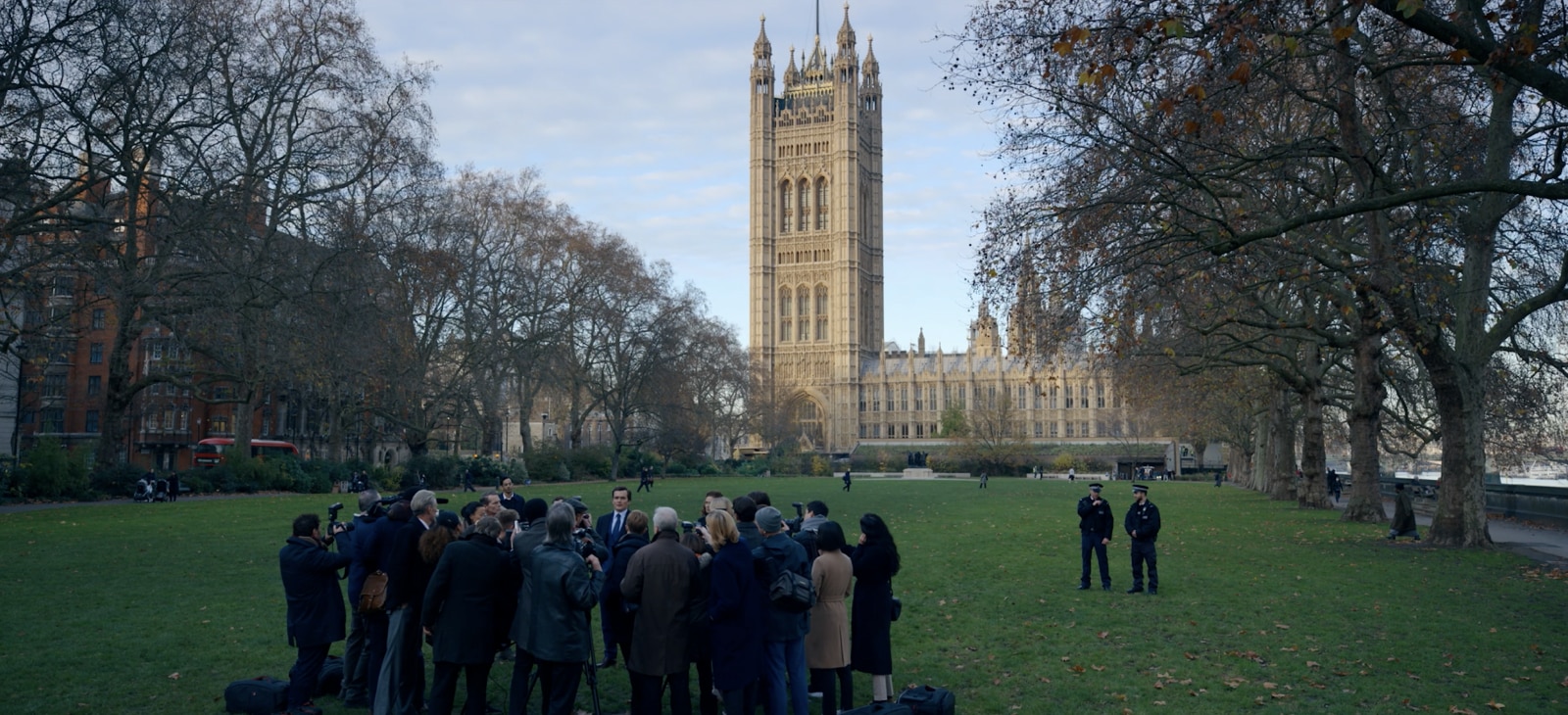
As most of the film was shot during winter in the UK, whenever they shot outside they were constantly chasing the weak winter light. The exterior press conference shots were filmed in a park facing the Houses of Parliament and while the low winter sun was just hitting the buildings the cast were shaded by trees along the edge of the park. Flash guns on the cameras of the actors playing the paparazzi, plus LED lights with more camera-friendly flash effects, were used to add dramatic flashes of light to the faces of the principle characters.

Balazs says that this scene was a good example of where the VENICE really helps you as a cinematographer. He was able to quickly change the level of ND used between takes and then, as light levels drop, switch to the camera’s second high base ISO to make use of every last bit of the short winter day.
James’s Office Scene
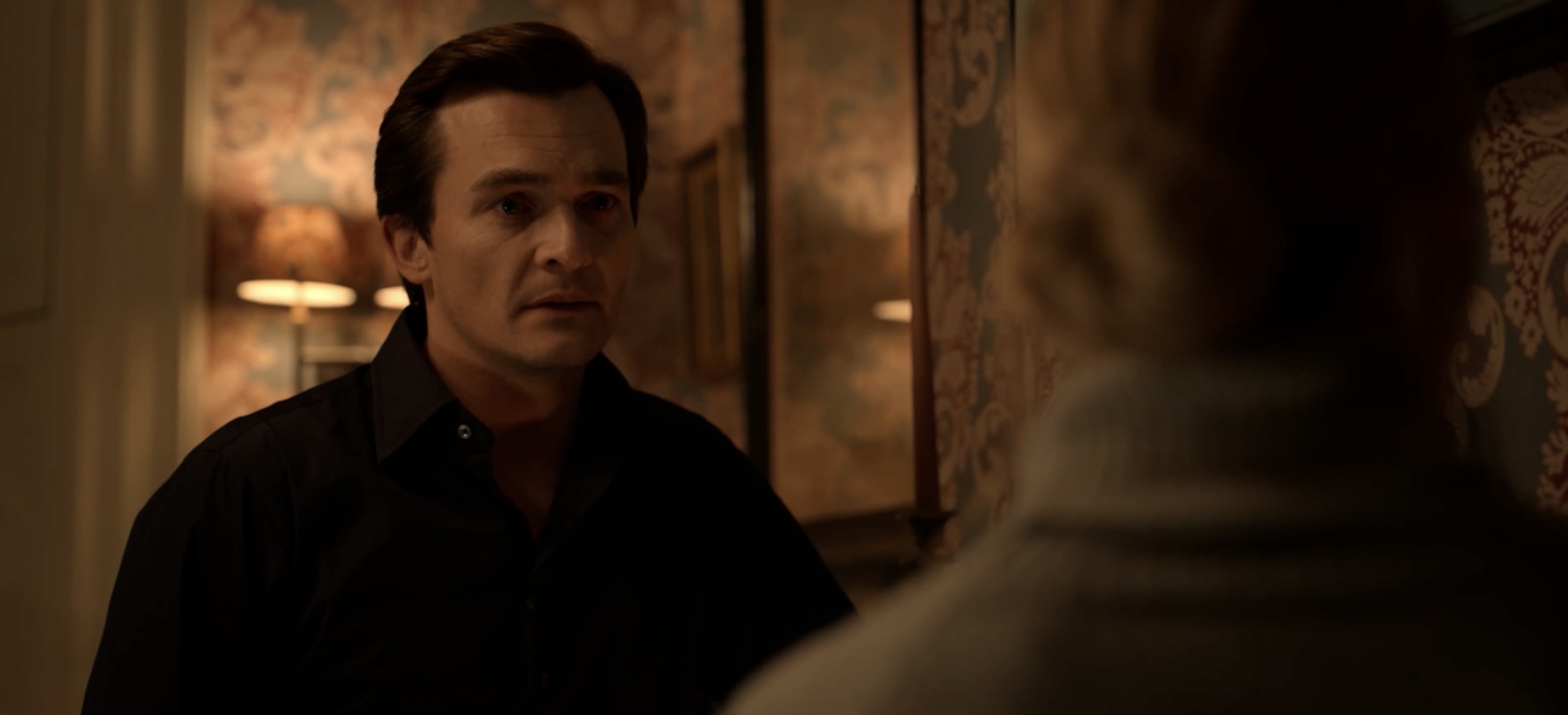
The next scenes to be deconstructed take place in James’s home and his office which Balazs describes as his sanctuary. Rather than filming in the different rooms and having the cast enter these rooms, Balazs wanted instead to follow the characters through the doors of the rooms as they entered. So, he made extensive use of a Steadicam to move with the characters. In both the office and the Whitehouse’s home, especially at night, Balazs wanted the lighting to be motivated by practical lights, for the lighting to not be over complicated or for it to look like a set. So, the practical lights provided most of the ambient light in the room while soft light from a Chinese Lantern through a frame was used to subtly light the actors faces.


Throughout the production, other than for the practical lights, Balazs predominantly used LED lighting. While he notes that this was important from an ecological point of view it also removed the need to use gels and give him the ability to dynamically control the lighting within shots.
Court Room Scene
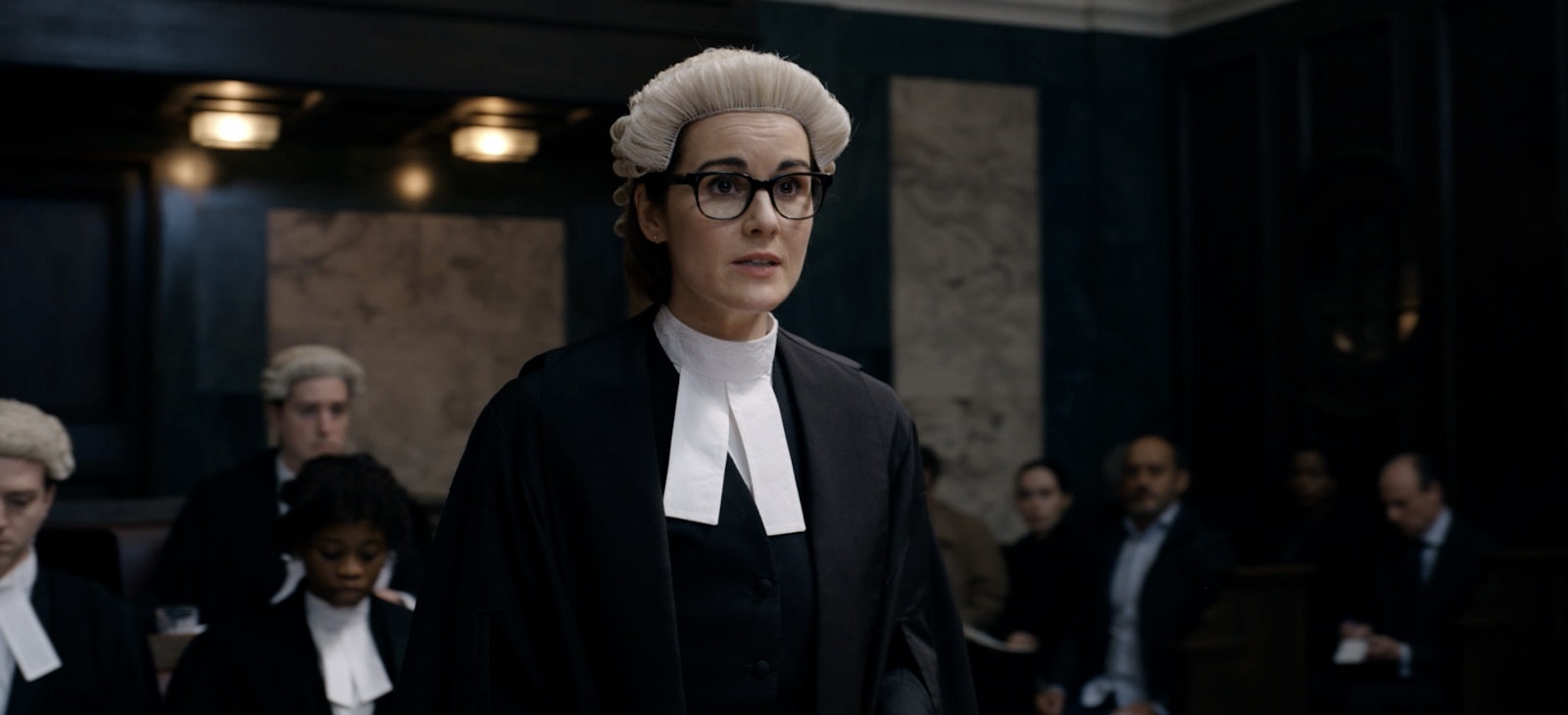
In the court room scenes, the story of Barrister Kate Woodcroft (Michelle Dockery) takes on great importance. To emphasise this, Balazs used a steadicam to move the camera around and with Kate he manipulated the lighting in sympathy with the camera movement, brightening some areas of the set, dimming others. Balazs used a circular formation of around 60 sumo space lights with preset settings for specific shots and areas and he could then chase the lights as the camera panned or moved.

“I tend to use a lens that optically I really like the look of without having to play with it too much,” Balazs says.
Balazs chose to shoot Anatomy of a Scandal with Leitz primes. He says they have a degree of modernity, nice contrast but are not overly clean or clinically sharp. They have something going on that he really liked.
To create some interesting angles and optical effects, Balazs included some short glass panels with bevelled edges along the top of the courtroom witness box. When shooting through these glass panels it added interesting distortions to the shots.

Flashbacks Scenes
There are a lot of flashback sequences in the film. For these Balazs designed a special lens. To get the full effect of this lens’s distortions it had to be used at around T2.8. Then to add a bit more grain to the flashback sequences Balazs chose to shoot using the higher of VENICE’s two base ISO’s.
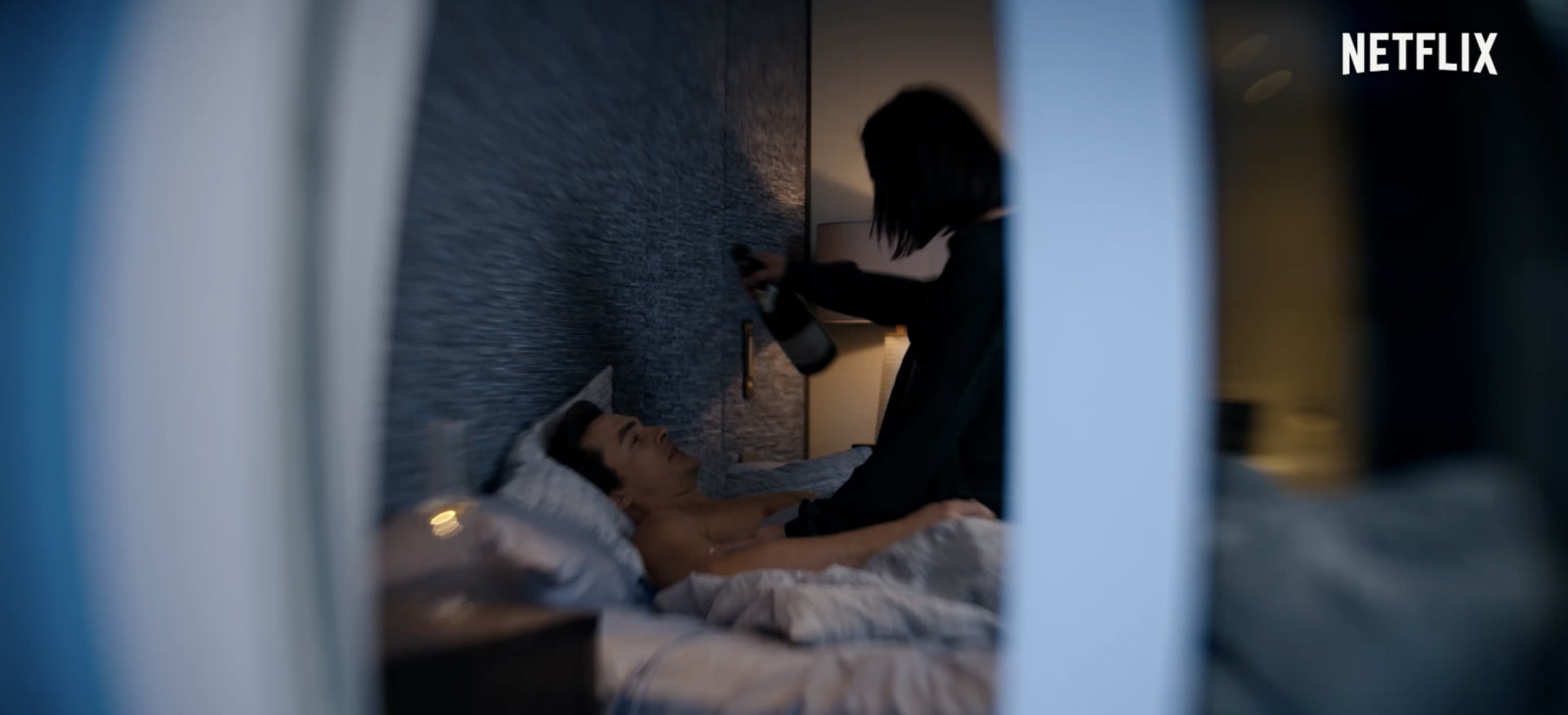
For the dark, night time riverside bar scene, shot against a background of the River Thames and the lights of London’s South Bank, Balazs used a number of small festoon lights as practicals to gently light the bar area. These also provided a low level of ambient light and he used a soft light to subtly light the actors faces, allowing the camera’s high sensitivity to capture the city lights in a very natural way.
VENICE’s higher ISO setting comes into its own because I only needed to worry about lighting their faces and the VENICE gave me the ambience of London.

There are a lot of focus jumps within the series as the story jumps between the flash backs and the courtroom. To help the editors, consideration was given to include things like actors crossing the shot, a burst of light or a focus pull at the end of the last shot before a cut. Balazs feels that Including something done in camera, when you know this is where there will be a jump between locations or differing story elements, really gives the editor more to play with and can make the cut much stronger.
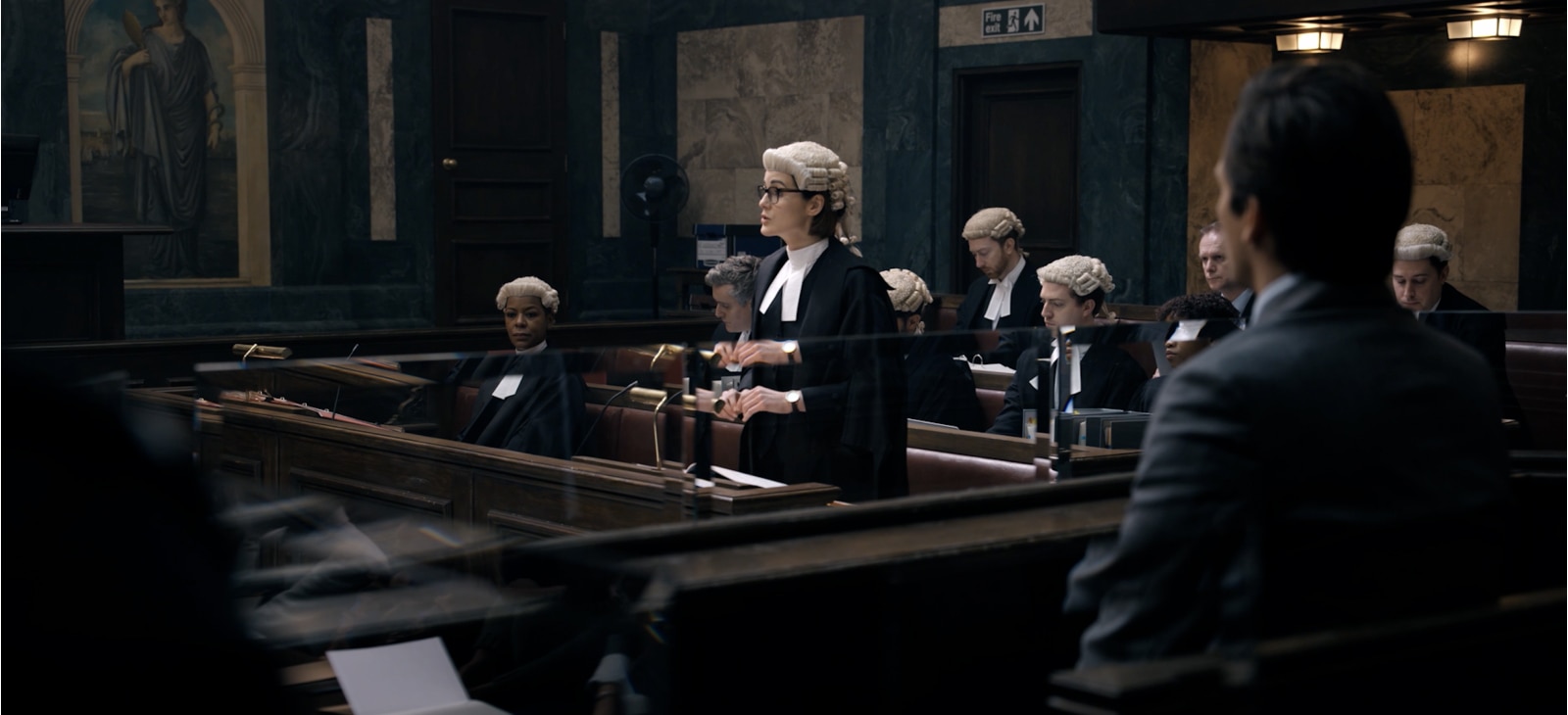
Balazs tested quite a few different cameras and lenses during the series prep stages. He says they landed on the Sony VENICE because of the amount of colour it can record and the way the 16-bit codec gives you great freedom in post-production to manipulate the image.
